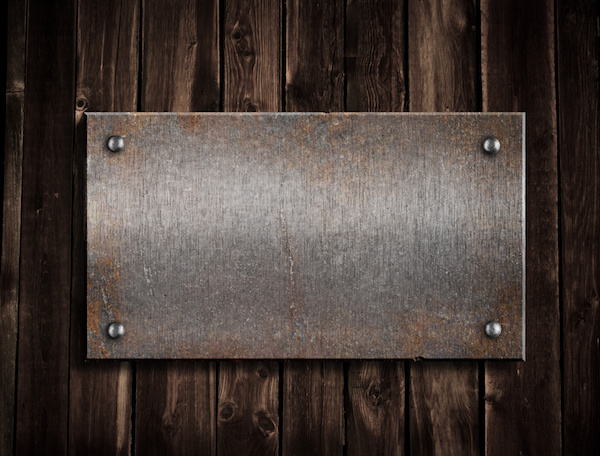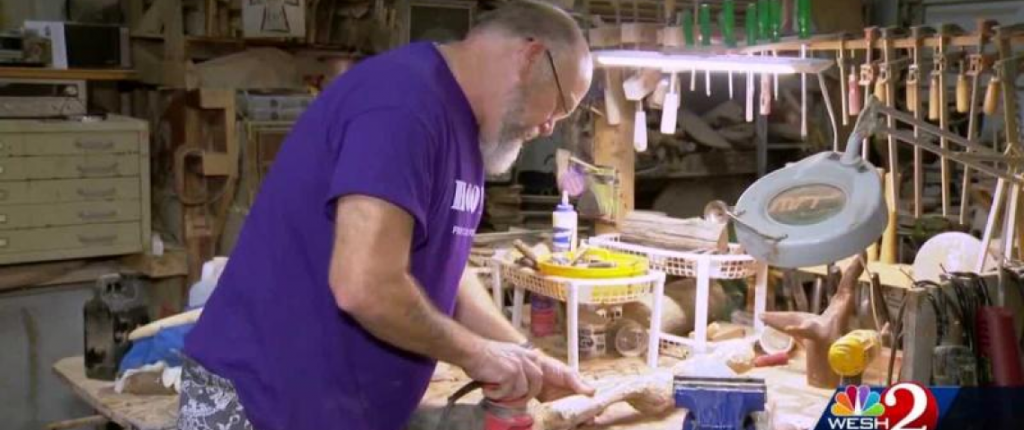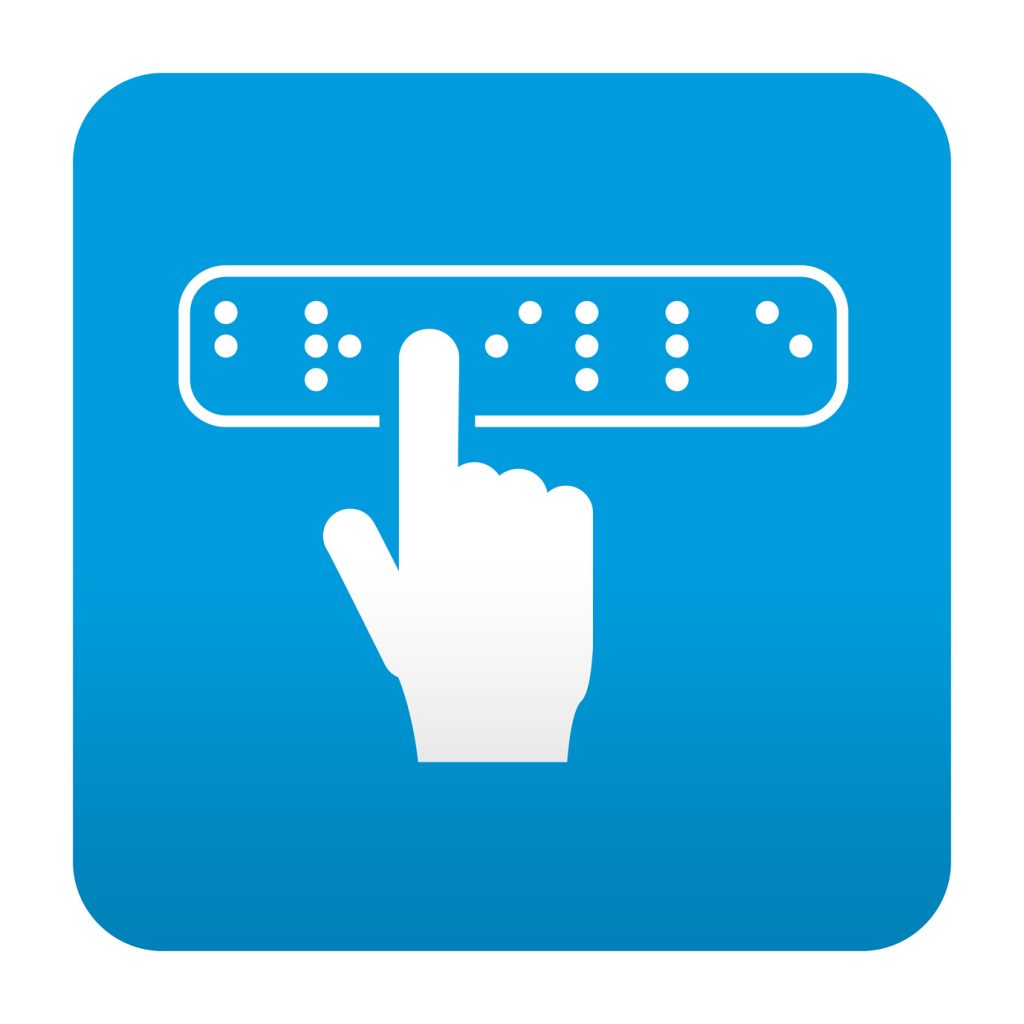Whether you operate the ER or manage a dentist’s office, you are responsible for the safety of your patients and staff. In fact, the medical industry often requires medical device labels, material specifications, certifications, and strict inspection procedures to ensure the safety of everyone who works alongside you.
Luckily, you can actively mitigate risks and abide by safety protocols through the use of durable, custom medical equipment stickers, barcodes, and labels.
In this article, you will learn everything you need to know about medical equipment labels, nameplates, and overlays and how they can help you reduce the risk of danger and liability.
Labels for Medical Equipment: A Key Component of the Medical Industry
Whether you work at hospitals, laboratories, EMTs, or clinics, you know how important it is to keep your business organized and safe at all times. When you are busy saving lives, the last thing you need to be worrying about is locating the proper button or tracking a sample.
That is why the medical device industry requires nameplates, medical equipment labels, and overlays. These simple medical equipment stickers are used to communicate the proper usage of medical equipment, tools, and substances.
Furthermore, the medical industry also needs:
- Instructional and warning labels
- UID nameplates and barcodes
- Model and serial number nameplates
- Overlays for their state-of-the-art diagnostic and therapeutic devices
So, how can nameplates, labels, and overlays benefit the medical industry?
Top 4 Benefits of Labels for Medical Equipment
The medical industry always needs to abide by the highest safety standards because you are holding someone else’s life in your hands. That is where nameplates, overlays, and labels come into play.
When you install a nameplate or overlay, such as an instructional or safety warning on your medical device, you instantly help manage the risk of use and make your processes much more efficient.
Keep reading to discover the 4 key benefits nameplates, overlays, and labels for medical equipment can offer your business.
1. Manage and track your assets with medical barcodes
When it comes to the medical industry, your assets and inventory may include important patient samples that you do not want to lose or mix up.
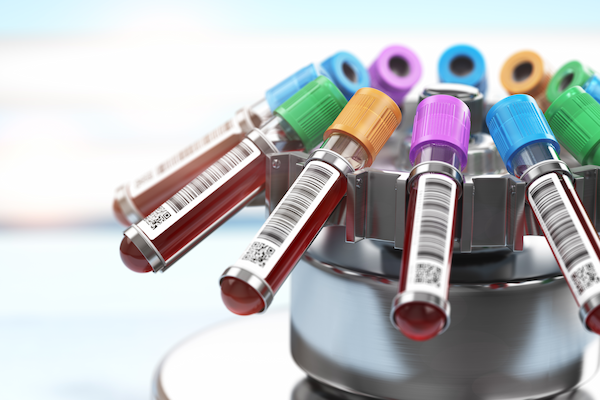
You can add a medical barcode or QR code to products, samples, and equipment in your medical facility to help you access information easily with one quick scan. This can help you trace your assets so there isn’t downtime trying to find them.
2. Reduce risk with safety warning labels and signs
Next, when you are working in the medical industry, there are a lot of risks involved. In some instances, there may be areas of your facility that can be dangerous if someone is not wearing the proper safety equipment.
Adding warning labels or signage can help to eliminate these risks and warn the user of potential harm.
For instance, practical and useful signage in your medical facility may include:
- Custom door signs for offices
- Medical office signs
- Waiting room signs
- Recovery room signs
- Therapy & lab signs
- Procedure room signs
- Numbered exam room signs
- Hospital wall signage
With these signs and labels distributed in and around your facility, you will increase both patient and staff awareness and help mitigate safety and liability risks.
3. Help your staff properly operate your medical equipment
While you may have trained your staff on how to properly use all of your equipment, it can be easy to forget the specific requirement during the day-to-day operations. Therefore, add a nameplate or label to your medical equipment with information on usage guidelines, warnings, or restrictions to help your staff.
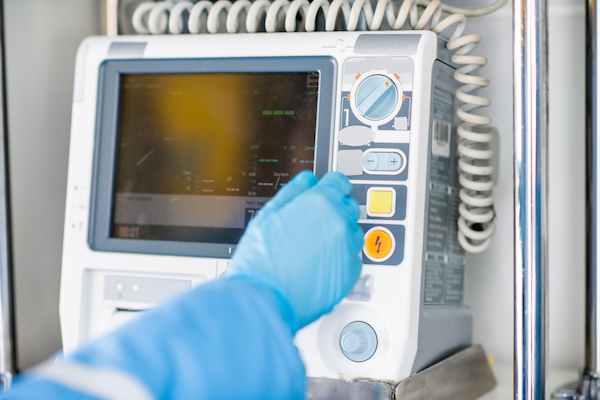
Keep in mind that improperly using equipment in the medical industry can lead to your employees or patients being injured, or worse. That is why nameplates and medical device labels are so important!
4. Reinforce branding with custom overlays, plates, and labels
Finally, you can use custom branded overlays or labels on your products and equipment to help the end-user better identify your business. This can be done by including your business’s name, your branding colors, or your logo.
Now that you understand the general benefits of using overlays, labels, and nameplates in the medical industry, let’s go into more specific uses.
Importance of Nameplates in the Medical Industry
In the medical field, durable, long-lasting nameplates are critical to the safety and efficiency of anyone who works in such an intricate industry.
Simply put, nameplates, such as medical identification tags, can be used to display warnings, instructions, identification, and branding.
Medical identification tags are particularly useful on medical machines and may include:
- Warning and instruction tags
- Barcode and UID nameplates
- Model Plates and Serial Number Plates
One of the main reasons nameplates are used is to provide critical information.
Primary Uses of Nameplates in the Medical Industry
For starters, a key use of nameplates in the medical field is to identify and provide vital information on medical machines and other devices that may cause harm.
Common information included on nameplates are:
- Manufacturer’s name
- Location of manufacturer
- Model number
- Serial number
- Date of manufacture
It is important to choose a material that is durable so none of the important information on your nameplate gets tarnished or scratched.
Next, let’s discuss how you can use overlays in the medical industry.
Importance of Medical Device Overlays
A graphic overlay, also known as a panel overlay, is a critical printed interface on mechanical and electronic assemblies. It allows the user to effectively interact with the device, machine, or equipment.
This top layer visually represents the device’s user interface panel and is the first thing the operator sees. There are various forms, such as a single layer that is backed by adhesive or part of a membrane switch.
These overlays typically include the company name and branding, in addition to product information like IDs and serial numbers, plus instructions for using the device.
Finally, a graphic overlay may also include important safety warnings. This functional user-friendly interface is very important, as it helps define the user experience.
Common Uses of Overlays in the Medical Industry
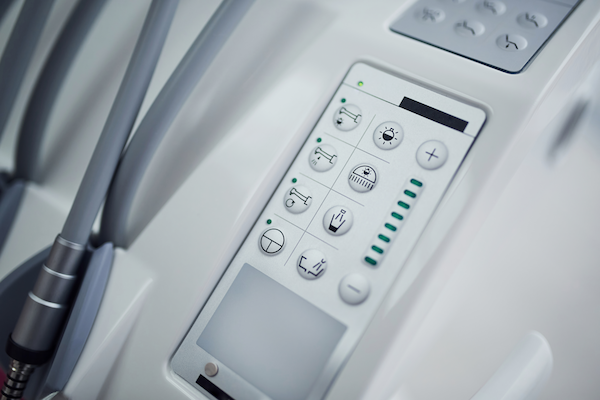
Overlays for medical devices are very important because with one wrong press of a button you can lose someone’s life. Both your employees and your patients need to be able to understand any devices they come into contact with.
All state-of-the-art diagnostic and therapeutic devices need clear overlays. This is especially so for emergency buttons where the user has to be able to recognize it at a glance.
Overlays made out of polyester, polycarbonate, or vinyl protect the devices from any contamination or damage. Many people in the medical industry turn to Polyester overlays because they are the most chemically resistant.
Importance of Medical Device Labels
Important, complex equipment requires labels or medical equipment stickers that can withstand harsh conditions and meet industry specifications. The medical industry often uses labels for asset tracking and safety, using them in clinics and on medical equipment.
The 3 main labels and tags are:
- Inventory and asset tags
- Warning labels
- Branding tags
So, what are their purposes?
Key Uses of Labels in the Medical Industry
Businesses in the medical industry use labels on their medical equipment. Labels share vital instructions and safety warnings as well as provide quality control.
Typically, labels are placed on medical equipment in order to provide the necessary information. They usually contain barcodes, ownership details, manufacturer’s name, serial number, and maintenance requirements.
Once you have decided the purpose of your label, you can begin assessing the factors that go into designing nameplates, overlays, and labels for the medical industry.
Must-Know Design Factors to Create Durable Medical Labels
There are many factors that go into manufacturing the perfect nameplate, label, and overlay for your business. Depending on the purpose of your nameplate or overlay, you may require different materials or certifications.
Keep reading to learn more!
Opt for the Best Material
Durability is very important when choosing materials in the medical industry. Medical devices must be able to withstand fluids and chemicals as well as routine cleaning. Some common, long-lasting materials you can choose include:
Anodized Aluminum – Lightweight yet durable, anodized aluminum is suitable for both indoor and outdoor applications. Known for its corrosion and abrasion resistance and is lighter than other metals. Anodized aluminum can be customized with various colors and designs.
PhotoSensitive Aluminum (MetalPhoto) – MetalPhoto is extremely durable and unaffected by harsh indoor and outdoor conditions. It includes the process of sealing your image under a sapphire-hard anodic layer to protect it.
Polyester (Mylar®) – Polyester, also known as Mylar, is ideal for harsh indoor and outdoor environments. It’s UV resistant, won’t fade in the sun, is non-yellowing, and is electrical resistant. Additionally, it can withstand extreme temperatures, water, abrasion, and chemicals.
Polycarbonate (Lexan®) – Lexan is a polycarbonate resin thermoplastic material that’s transparent, strong, tough, impact-resistant, and temperature resistant. It’s the best material to use where extreme temperatures and widely varying temperatures are a concern. This material is also resistant to scratches, corrosion, chemical abrasion, and water. The material expands and contracts without damaging the material.
Vinyl (PVC) – PVC vinyl, also known as polyvinyl chloride, is very rigid and extremely durable. However, unless it has UV overlaminate protection, it isn’t suitable for outdoor use. Properties of PVC include resistance to moisture and humidity as well as low cost.
Next, when selecting your material, you also want to be aware of any industry-specific standards you need to follow.
Take Note of Certifications and Industry-Standards
When working in the medical industry your facility and equipment may require material specifications, certifications, and strict inspection procedures.
There are several important certifications to note:
ISO 13485 – International Standard Organization (ISO) 13485 is a certification for medical devices like medical instruments, machines, that are intended for use in the diagnosis, prevention, and treatment of diseases or other medical conditions.
ISO 9001 – This certification is for quality management systems based on procedures related to people, facilities, equipment, training, and services.
Underwriter Laboratories (UL) – certifies security for products ensuring products meet safety requirements
Canadian Standards Association (CSA) – certificate for high-risk products indicating that the product has been tested and meets high standards
Not only do these certifications assure safety but they also build credibility with your customers.
Create Durable Medical Device Labels with Hallmark Nameplate
With extensive engineering and manufacturing expertise, our team at Hallmark Nameplate will work with you to create the best medical equipment nameplates, overlays, and labels for your application. No matter what project you want to work on, we’re here to exceed your expectations!
Contact us to request a free quote and learn more about how we can help you make your medical business safe and efficient.


